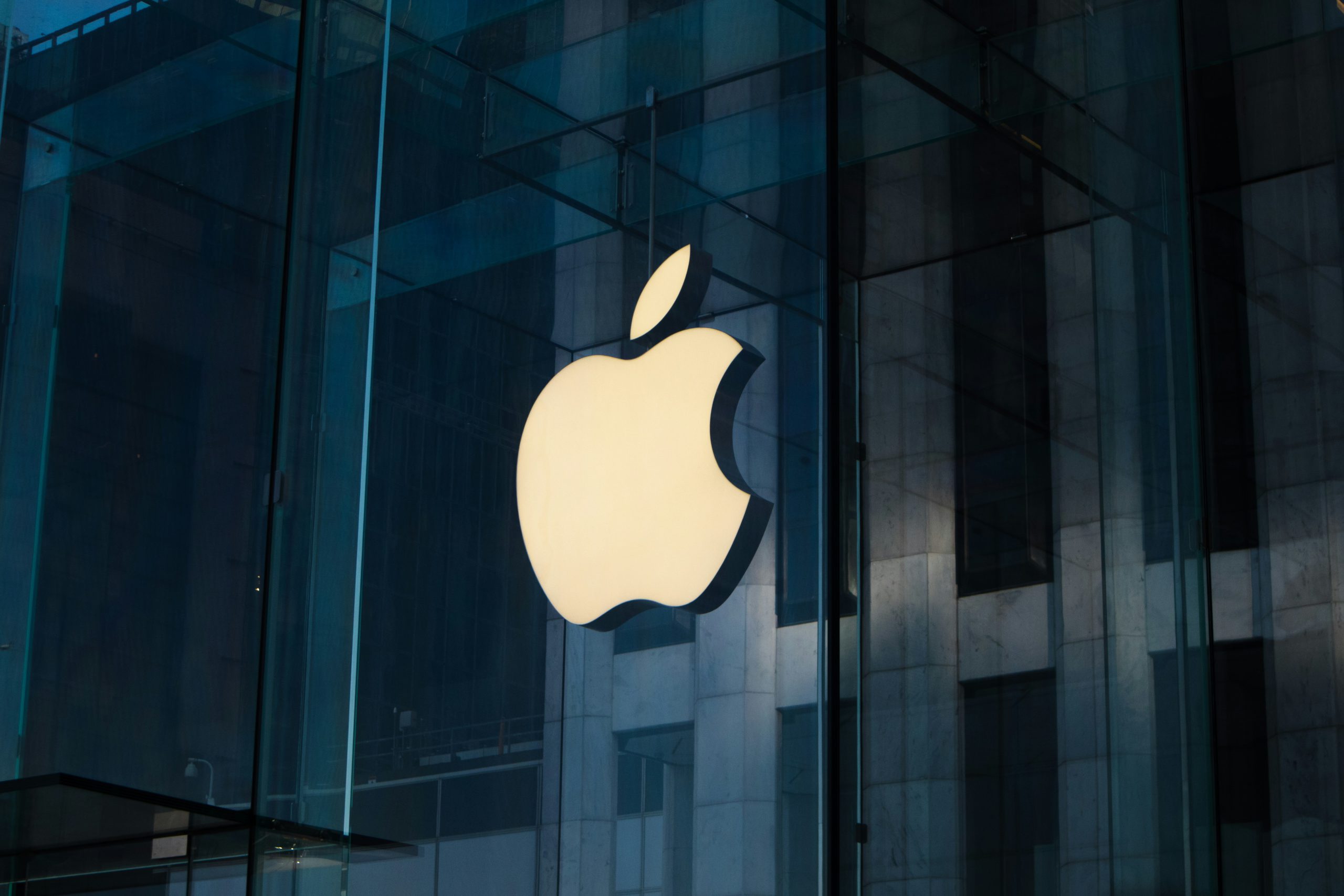Apple: How apple evolved in 10 steps that revolutionised the brand’s history
The origins of a revolutionary brand
The story of Apple’s birth, growth and ultimate consecration is difficult to summarise in a few thousand words. In fact, between the production of the first machine in 1976 and its entry into the restricted category of Big Tech companies, there are many events that have shaped and made the Californian brand as we know it today.
I have therefore decided to try to summarise this long evolutionary journey in a few recent moments that have left an indelible mark on the brand’s concept and attitude.
The first computer: Apple I (1976)
An early moment can be seen in the design and creation of the company’s first machine, the Apple I, which was launched in July 1976, albeit in a limited edition of just 200 units. From the outset, it was clear that Apple was on a path of innovation, breaking with the canon of models already offered by the competition. In fact, the Apple I offered the possibility of connecting the device to a television set, thus taking advantage of a screen that, although low resolution and slow video playback, was an absolute novelty in the panorama of competing computers. The player was also very fast for its time, capable of reading and writing at 1,200 bytes per second; another feature that characterised the device was its ease of access and use, which had always been strong points of all Apple products.
The debut of the Macintosh (1984)
After a series of unsuccessful projects such as the Apple III, which quickly fell out of favour with the public, the first model of the Macintosh, the company’s flagship computer, was produced in 1984. It featured some fundamental improvements that would characterise future production: the graphical user interface, the mouse, object-oriented programming and support for computer networks.
The first portable computer: PowerBook (1990)
This new product was followed by a number of important milestones. In 1990, the first portable computer, the PowerBook, was unveiled, kicking off what would become a well-established production line.
The return of Steve Jobs and the Apple revolution
However, it was the appointment of Steve Jobs, who had previously left the company, as CEO that marked a significant change in direction for the Cupertino brand. Despite a succession of successors and continued growth and expansion in markets, he remains the figurehead for the design of a range of products that are still in use today, and for his modus operandi that revolutionised the company’s fortunes.
The birth of the iPod (2001)
On 23 October 2001, the first model of the iPod music player was launched, the first of what would be six generations and various other models. Although conceived in a climate of strong internal disagreement as to its future actual success and usefulness, it was an immediate commercial success, also thanks to the development of the associated Itunes platform and its store.
The arrival of the iPhone (2007)
In 2007, Apple released arguably the most successful product in its history and one that revolutionised the world of telephony: the iPhone. It was the product that laid the foundation for the company’s entry into the mobile phone business.
It was presented by Jobs in a historic speech at the 2007 Macworld Conference & Expo in California as the perfect combination of three devices: the IPod, which he said would soon be superseded, a mobile phone and an Internet-connected device. Moreover, the new IPhone was linked to the new iOS operating system, which was specifically designed for this device. The success of this smartphone was directly demonstrated by its sales figures: in 2016, it was announced that over 1 billion IPhones had been sold, and by the end of 2022, there would be over 1 billion active devices worldwide.
The launch of the iPad (2010)
On 27 January 2010, the first model of the iPad was unveiled, a multimedia tablet with numerous functions and applications, another product from the Cupertino company that was to become a great success over the years.
By the turn of the millennium, Apple had launched a series of successful products that allowed it to recover both financially and in terms of image after the dark period of the 1990s, and to rise to the top of the world’s hi-tech scene.
The evolutionary junctures of recent years are mainly represented by a series of attempts to diversify production and investments towards the sectors of greatest relevance and following.
The debut of the Apple Watch (2014)
In 2014, the first model of the Apple Watch, the smartwatch produced by Apple, was presented. It is much more than just a watch: by connecting to an iPhone, it can use certain functions already available on the smartphone, such as making calls, sending messages or playing music.
Expansion into entertainment (2017)
Starting in 2017, Apple also began a series of investments in film and TV series production, contributing to the production of several TV series and feature films.
The move into virtual reality: Vision Pro (2023)
Finally, a final significant step has been taken in recent years: starting with the acquisition of the virtual reality company NextVR in 2020, the Californian company has opened up to the virtual reality market and started to produce devices functional for this sphere. This investment phase will culminate in the launch of the Vision Pro goggle and its VisionOS operating system in June 2023.
The future of Apple innovation
In the light of what has been said in this brief summary of the milestones in the history of the Apple brand, the structural and productive change that has always been characterised by the desire to diversify and create new products that are more accessible and usable by the end user, even on the basis of existing objects but implemented from a digital and innovative point of view, comes to the fore. It remains to be seen whether the Californian company will be able to keep up with the digital evolution and, above all, the new market requirements in the coming years.
Lorenzo Fornasieri
Read the other articles in the September 2023 issue of spaceO:
- AI: The power of AI
- Interview with our colleagues: Roberto Leone
- Food and Future: Augmented Appetite
- Metaverse: The Metaverse does not exist…yet
- Robotics and the environment: PipeIn
- Security: Cybersecurity









